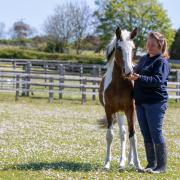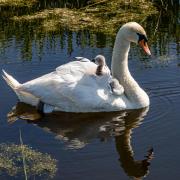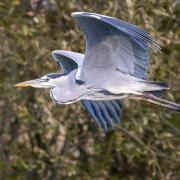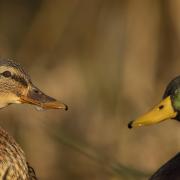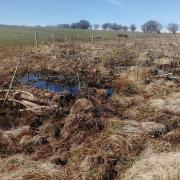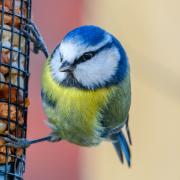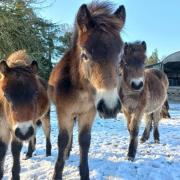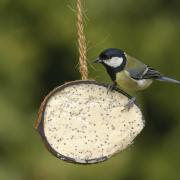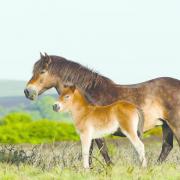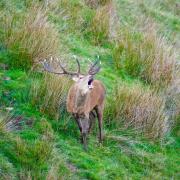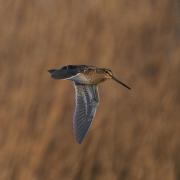Farming changes and unreliable weather can mean disaster for one of our best loved birds, says Pauline Kidner from Secret World Wildlife Rescue

Somerset is the stronghold of the barn owl, Tyto alba. Shy and secretive, you are more likely to catch glimpse of this beautiful bird in the late evening or early morning as it swoops over the fields on the moors. Because they choose to live away from people, Secret World doesn’t get a high number of these birds brought in as casualties. Most people think they are pure white which is because you usually see them flying overhead and their under body is white.
The flight of a barn owl is silent. This is because their feathers have a barbed edge to them. If you were a small mammal on the ground, you would be forgiven for thinking that it was just a white cloud passing by until those talons grasp you!
The softness of its feathers can also be a problem for the owls, as they are unable to fly in wet weather. The origin of the name ‘barn’ owl comes from the fact that in periods of continual rain, they would go into a barn and survive on the rats and mice living in the hay, stored for winter feed. Many barns have been turned into domestic buildings, losing valuable nesting sites. Farming methods have also changed, which has had a dramatic effect on the survival of this species. The winter feed most used now by farmers is silage. This is baled in the huge bales that we see, wrapped tightly in plastic which helps the silage to ferment. These bales can be kept outside and, if stored on top of each other, are baited in between to stop mice and rats from chewing through the plastic. Holes in the plastic allow air to get in to the bales. So starvation caused by weather conditions is another reason why casualties come to Secret World.
This species is very vulnerable in times of continuous wet weather and long spells of snow. The estimated population of barn owls living in the wild is approximately 9,000. The average age is about four years but 70% of the young barn owls will not make it through their first winter. Yet we have approximately 50 – 60,000 barn owls living in captivity as pets. We need to see our wildlife flying free.
Family rescue
Last year a family of barn owlets came in. Luckily, the landowner was aware of the nesting site. He noticed that only one adult owl was bringing food to the nest and then finally no adults returned. After 48 hours the chicks were at critical risk. There were four vulnerable chicks in the brood – all of different sizes.
The reason for the difference in size is to ensure that something will survive from the brood even when food is scarce. The female lays her first egg and starts incubating it and another egg will be laid four days later. She will continue this cycle of laying eggs and incubating until she has finished. This age difference means that there is considerable size difference between the first hatchling and the last. Unfortunately, if not enough food is brought back to the owlets, big chick will eat the smallest chick in order to survive. By the time they are big fluffy balls, they are too large to eat each other. This is when the food supply needs to be plentiful as they will be eating twice as much as an adult (a bit like human teenagers!)
Three weeks after being rescued, the owlets were feeding themselves. Once fully grown, they were moved to a temporary aviary at their release site. When settled, the trap door was left open allowing them to return for food until they were self-sufficient.
We love hearing from the landowner who says he still catches a glimpse of a barn owl in the area, letting us know that they are doing well.
For more information, visit secretworld.org.



